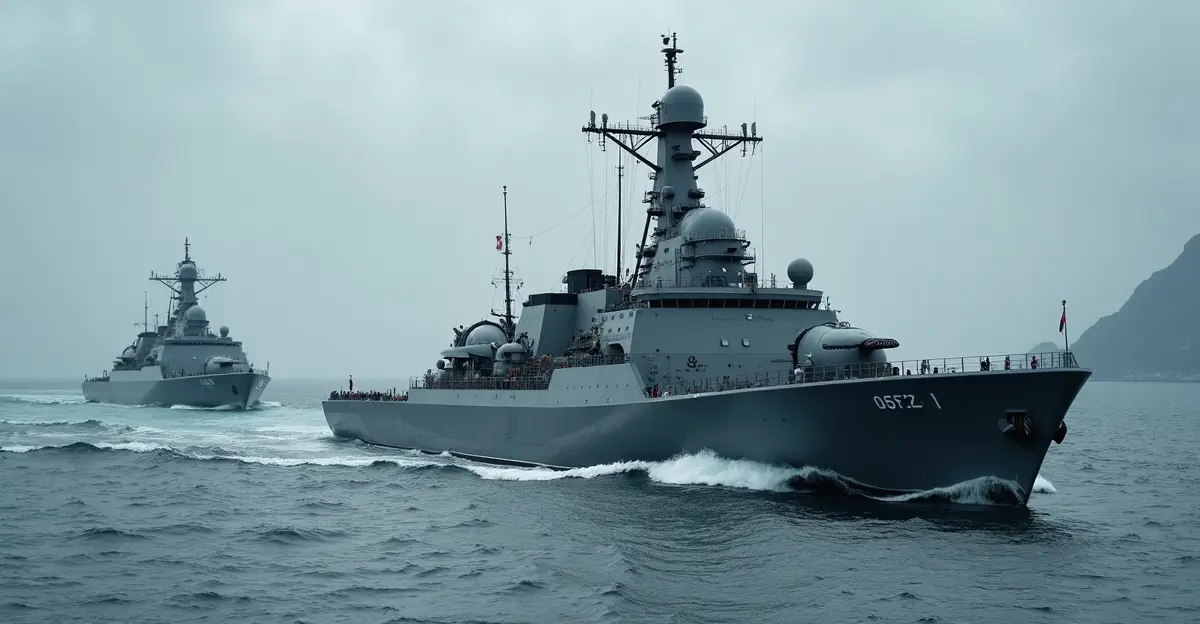
Major Defense Deal Strengthens NATO's Northern Flank
Norway has signed a landmark defense agreement with the United Kingdom to purchase five advanced Type 26 frigates in a deal worth over €11 billion. The acquisition represents Norway's largest naval investment in decades and is specifically designed to counter the growing Russian submarine threat in the North Atlantic and Norwegian Sea.
Strategic Response to Russian Naval Presence
Norwegian Prime Minister Jonas Gahr Støre described the security situation as "the most serious since World War II," citing increased Russian submarine activity in Norway's maritime territories. The Type 26 frigates, built by BAE Systems, are specialized anti-submarine warfare vessels equipped with advanced sonar systems, torpedoes, and missile defense capabilities.
NATO's Northern Watchdog
As a NATO member, Norway monitors approximately two million square kilometers of ocean space, including critical sea lanes and underwater infrastructure. The Russian Northern Fleet, based on the Kola Peninsula near Norway's northern border, maintains one of the world's largest submarine fleets, including nuclear-powered attack submarines.
Enhanced Naval Cooperation
UK Defense Secretary John Healey stated that "our navies will take the lead within NATO" with these new warships providing world-class capability to detect and track Russian submarines. The agreement includes joint training exercises, intelligence sharing, and coordinated patrol operations between the Royal Navy and Norwegian Navy.
Defense Spending Surge
Since Russia's invasion of Ukraine in 2022, Norway has significantly increased its defense budget. The country now spends more per capita on defense than any NATO member except the United States. This frigate acquisition is part of a broader military modernization program that includes new fighter aircraft, coastal defense systems, and cyber warfare capabilities.
Geopolitical Significance
The Norwegian Sea and North Atlantic have become increasingly strategic waterways due to undersea communication cables, energy infrastructure, and shipping routes. The new frigates will enhance NATO's ability to protect these critical assets while maintaining surveillance of Russian naval movements.

 Nederlands
Nederlands English
English Français
Français Deutsch
Deutsch Español
Español Português
Português







